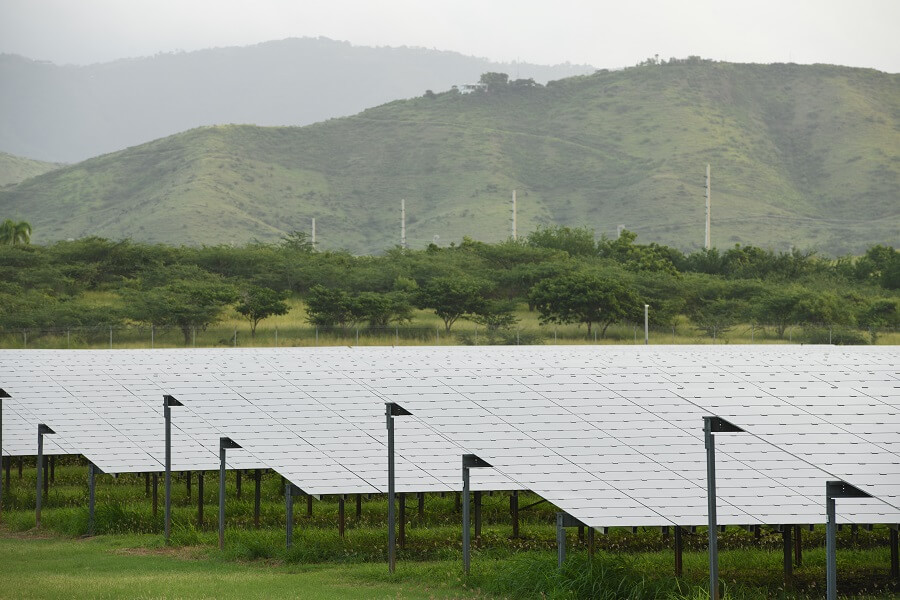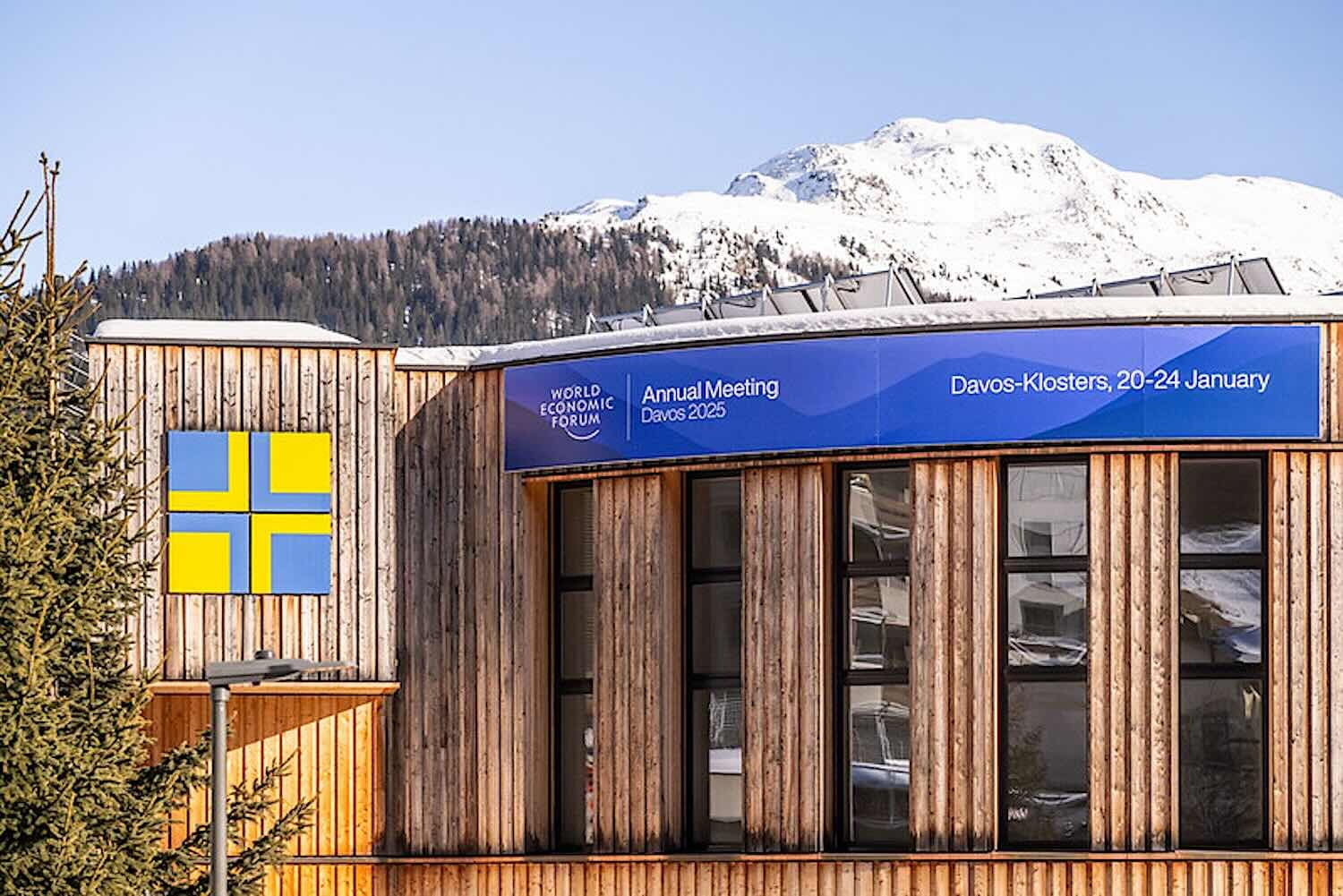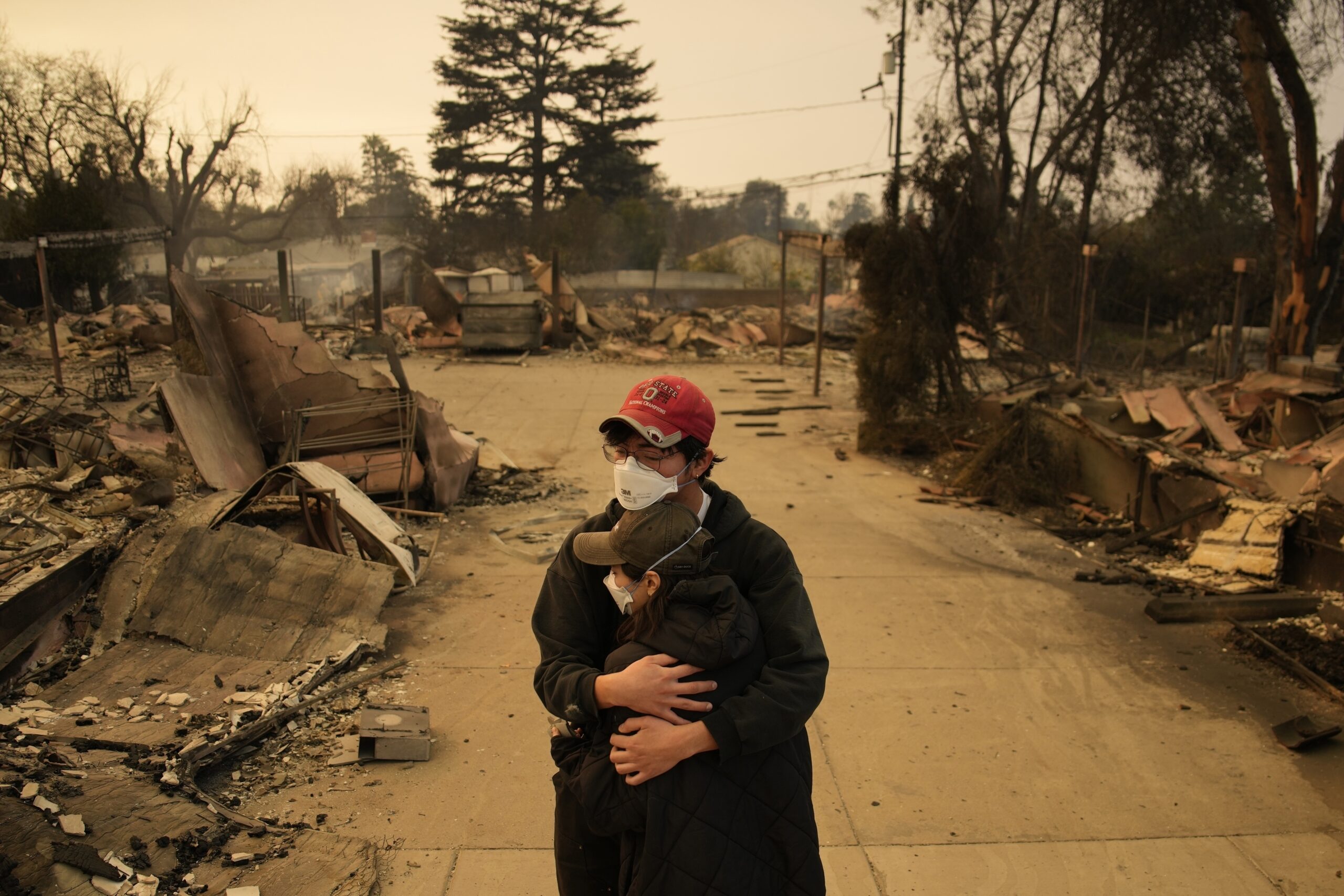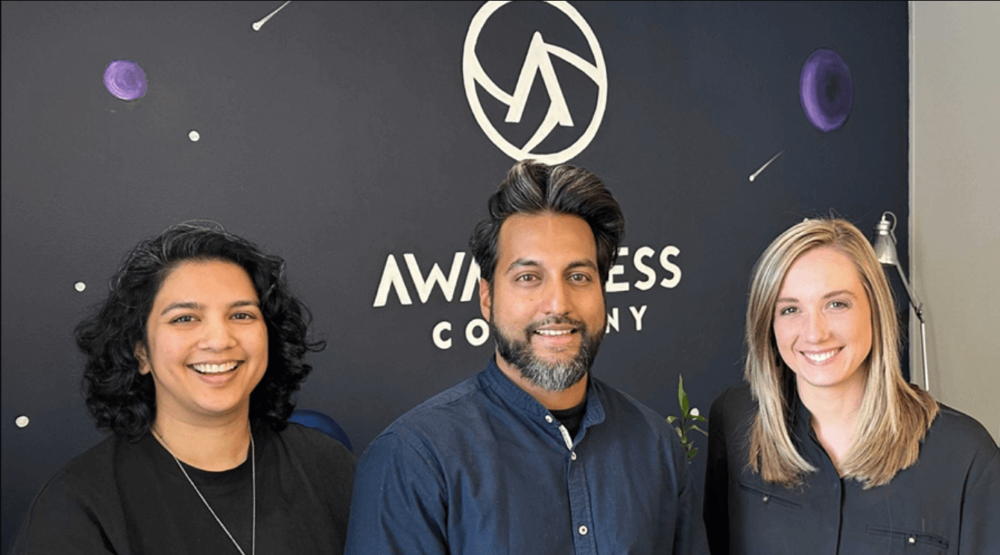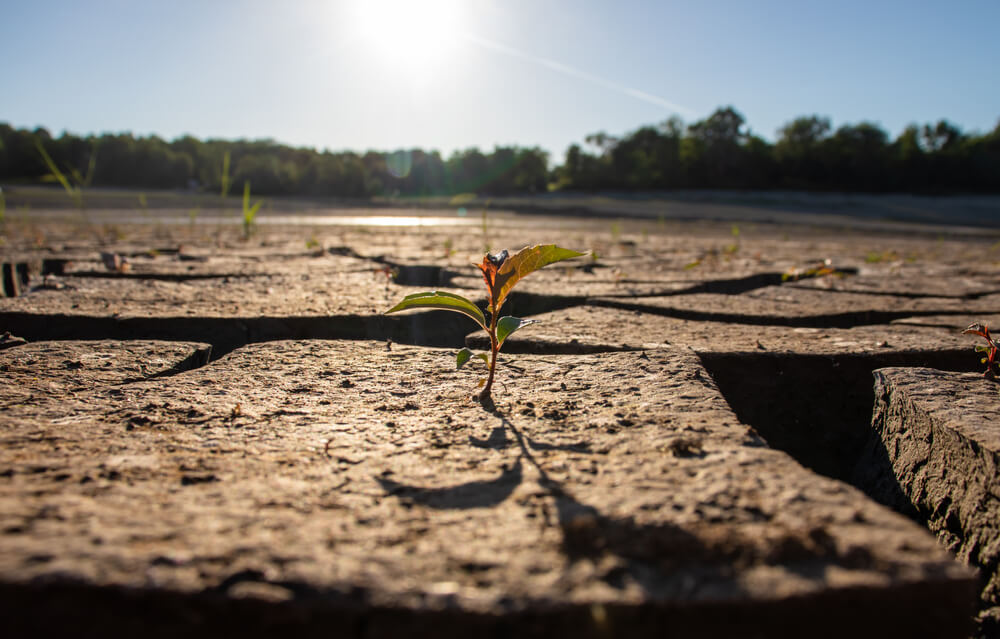Editor’s Note: This article first appeared on Climate Proof, a newsletter on climate adaptation finance, tech, and policy.
Climate adaptation has a capital and innovation problem. Tailwind Climate has a plan to solve it.
Part state-of-the-market report on the emerging adaptation economy, part guide on scaling up finance and entrepreneurship, the plan aims to equip would-be climate-proofers with the data and insights they need to navigate the tech and investment landscape of adaptation and resilience – A&R in the parlance.
The 112-page “Adaptation & Resilience Innovation Playbook” was released by Tailwind, a Berkeley, Calif.-based advisory and investment firm co-founded by Emilie Mazzacurati and Katie MacDonald.
When the firm was launched, Mazzacurati said, “There was a lot of innovation going on in mitigation — technologies to reduce greenhouse gas emission or remove them from the atmosphere — and almost nothing that we could find on adaptation.”
The playbook is an attempt to even the odds by shining a light on three “gaps” holding back adaptation: a “capital gap”, a “demand gap”, and an “ecosystem gap”.
The document builds on Tailwind’s other efforts to catalyze the A&R market. Earlier this year, Mazzacurati and MacDonald published the “Tailwind Taxonomy for Adaptation and Resilience Investments,” a guide to mapping A&R opportunities across eight themes and 35 sectors.
The new playbook goes beyond mapping. With a wealth of data on the evolving A&R economy and the challenges it faces, it aims to help solutions buyers, providers, and investors turbocharge the market’s growth.
Capital blues
The playbook’s headline finding is that far too little investment is going into A&R tech even as demand for solutions is skyrocketing.
Tailwind pegs the annual global spend on A&R solutions at a mighty $1.4trn. But just 3% of total climate tech startup funding went to “pure play” A&R companies from 2019 to 2023 — a paltry total of $4.5 billion total. Such “pure play” companies make up 12% of climate startups.
“We knew it was small, but that’s really, really small,” says Mazzacurati.
Adaptation startups
Mazzacurati cites three reasons why the capital flow is so measly. Venture capitalists and other funders are unsure what’s “in scope” of the A&R theme, meaning even if they want to invest, they’re not sure where to put their dollars or whether a flourishing market for certain solutions will arise.
Secondly, too many believe A&R is a straight up business-to-government market, which doesn’t excite enough funders.
And finally, unlike in climate mitigation, “The government isn’t pouring billions of dollars into it” to support research and development, or to furnish technical expertise.
While more VC dollars are flowing into “dual benefit” startups that provide A&R and mitigation benefits in tandem — some $27 billion overall — the data still suggests there isn’t enough supply to meet demand for climate-proofing goods and services.
Governments are spending $737 billion a year on A&R already; consumers, $647 billion. A subset of 80 large corporations analyzed by Tailwind have spent $58 billion. Unlike other data aggregators, Tailwind is not focusing only on developing country needs — their figures include spending by rich world entities, including the US federal government and developed country consumers.
Global demand for A&R solutions
These figures likely understate demand, too, because companies and governments may not consider certain expenditures to be adaptation-related. Even those dollars that are going toward A&R may be poorly focused. This is one facet of the “demand gap” Tailwind wants to bridge — the lack of a clear understanding by buyers on the sort of A&R solutions they want and need.
This fuzziness could be skewing the supply side of the equation, too. Tailwind found that the startups attracting the most funding may not be addressing the most pressing A&R needs. For example, most “pure play” A&R companies are focused on the IT, manufacturing, and fintech sectors, the playbook reports.
These include climate risk analytics companies and other software solutions. While valuable components in the A&R solutions ecosystem, these are not companies that actively climate-proof business, communities, or individuals. And yet, around 44% of investment capital is flowing toward them. In contrast, just 16% is going to physical risk reduction products and services.
“There’s a bit of chicken-and-egg, right?” says Mazzacurati. “Some of that is the fact that this is what corporations are buying right now — they’re buying climate risk analytics.”
It’s also a startup niche that’s seen high-priced exits, which is something early-stage investors hunger for. Mazzacurati herself sold her climate risk analytics firm, Four Twenty Seven, to Moody’s in 2019. The terms of the transaction were not disclosed.
“The VC model is much better suited to software, because of the time duration of funds and the return expectations. It’s just easier to make money on software than on hard tech,” Mazzacurati says.
Making hardtech more amenable to investors is key to closing the “capital gap.” One idea is getting concessional capital providers, meaning governments and philanthropies, to shoulder more of the burden of early-stage investing. This is how many mitigation startups got a leg-up, after all. Right now, Tailwind says there is a dearth of financing at the pre-seed and seed stage for A&R innovations.
If these kinds of investors put more dollars in at the risky stage of hardtech companies’ growth and nurtured them to commercialization, they could then become more attractive prospects to later-stage private investors. Tailwind says late venture financing for A&R companies is also lagging the mitigation space substantially.
Another help would be a richer, more supportive ecosystem. The playbook reports that right now there are few startup accelerators and incubators dedicated to adaptation companies. In fact, mitigation-focused programs outnumber adaptation programs 15-to-one. Narrowing this margin could go some way to closing the “ecosystem gap” Tailwind says is a drag on the A&R market.
Blind spots to bright spots
The playbook offers a series of recommendations for entrepreneurs, policymakers, and corporations on animating more and better A&R solutions.
Budding business owners are encouraged to think about adaptation innovations as belonging to one of three buckets: “Bright Spots,” “Hidden Gems” and “Blind Spots.” The first covers sectors and activities with “proven demand” and “high investment levels” that are most likely to attract VC investors. The second includes areas where demand is strong but where there is “limited access to capital and stunted innovation ecosystems.”
The third, and arguably the most challenging for investors and entrepreneurs, concerns those areas where climate impacts are expected, but have yet to manifest in ways that drive demand or investor interest.
While a “Bright Spots” company might be a surer bet commercially, a “Blind Spots” play may have a higher payoff in the long run — if early-stage challenges can be overcome.
Mazzacurati is most excited by the “Hidden Gems”.
“This kind of gap to me screams opportunity, to invest in some really good businesses and fill a big gap in terms of societal and economic needs,” she says. She puts flood risk solutions, specifically flood hardtech, in this category.
Types of Adaptation Innovations
| Dimension | Bright Spots | Hidden Gems | Blind Spots |
| Demand | High | High | High but Latent |
| # Active Startups | High | Med | Low |
| $ VC Invested | High | Low | Low |
| # Acquisitions / Exits | High | Low | Low |
For policymakers, the playbook recommends the creation and enforcement of standards and definitions for embedding adaptation throughout national economies. That goes along with metrics for gauging the effectiveness of A&R solutions and policies at local and national levels that drive action and financing.
Corporates, meanwhile, are encouraged to consider opportunities to protect their businesses from climate risks and maintain competitiveness in an increasingly climate-adjusted world by selling A&R goods and services. Such companies are more likely to invest in practical solutions that shield their assets and supply chains from bad impacts and unpack opportunities that add revenue to their bottom lines.
“We need corporations to seriously up their game in terms of how they think about their own adaptation and resilience plans and what kind of technology they think would help — and coming to the table with money to buy and to invest,” says Mazzacurati.
“That’s going to help them and that’s going to help society at large because once we have a real corporate market, we’re going to be able to scale some of those technologies much more rapidly [and] lower those costs for other buyers.”
Spreading the gospel
Now the playbook is complete, Tailwind is focused on getting the word out.
It’s not hard to imagine entrepreneurs lifting slides from the playbook for their investment pitches, or funders borrowing stats to help with capital raises from big asset owners, philanthropies, and high-net-worth individuals. This alone would make the document a valuable addition to the burgeoning library of taxonomies, reports, and decks published this year with an eye on supporting the adaptation economy.
But playbooks are not meant just to be read. They are meant to be put into practice. What would make Tailwind’s latest contribution a true catalyst for the A&R market is if a whole generation of entrepreneurs founded — and investors assigned dollars to — a broad array of “Bright Spots”, “Hidden Gems”, and “Blind Spots.”
Government and philanthropic funders, along with entrepreneurs, startup operators and other innovators that may not be working on adaptation today, might be interested in seeing not only the gaps, but the demand signals, says Mazzacurati.
“We’re going to spend a lot of time on the road in 2025. Lots of time talking to investors, lots of time talking to startups.”






